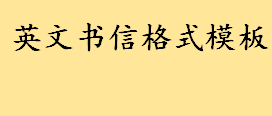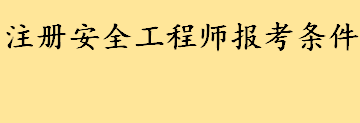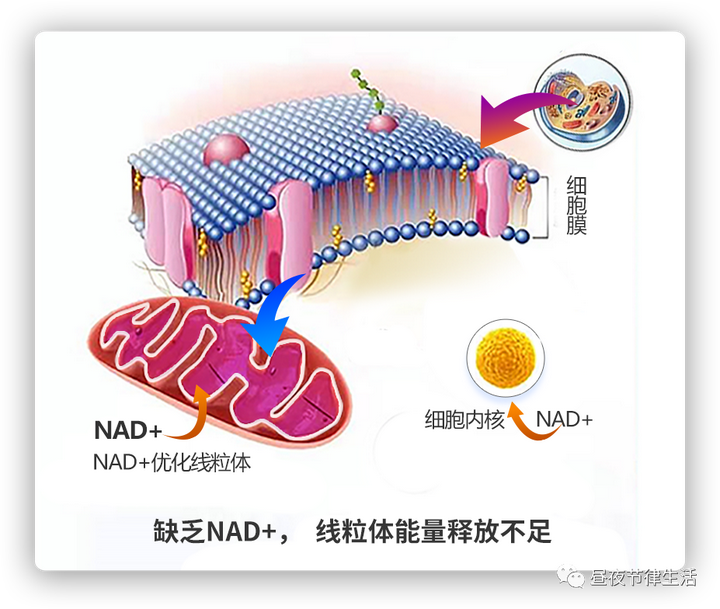标准的英文书信是由信头、信内地址、称呼、正文、结尾、签名六部分组成,每一部分都有着英文书信要求的格式规范。如信头指发信人的地址和日期;称呼指对收信人的称呼;结束语指正文下面的结尾客套话等。

英文书信的格式:
1、信头:指发信人的地址和日期。写在信纸的右上角,可以从靠近信纸的中央写起。信头上面要留空白。先写发信人地址。地址的写法与汉语不同,要先写小地方,后写大地方。在地址的下面写上日期。日期的顺序是:月、日、年,或者:日、月、年。。在年份之前有一个逗号。
2、称呼:指对收信人的称呼。写在信头之下,从信纸的左边开始。
3、信的正文:指信的主体部分。从称呼的下一行第一段顶边写。从第二段起每段第一个词都缩进3或5个字母写。
4、结束语:指正文下面的结尾客套话。一般从信纸的中央靠右写起,第一个字母大写,末尾用一逗号。
5、签名:指发信人签名。写在结束语的下面,稍偏右。
另外,英文信封写法与汉语的不同。一般把收信人的地址写在信封的中央或偏右下角。第一行写姓名,下面写地址。发信人的姓名和地址写在信封的左上角,也可以写在信的背面。
英语作文开头万能句型
1. 关于……人们有不同的观点。一些人认为……
There are different opinions among people as to ____ 。Some people suggest that____。
2. 俗话说(常言道)……,它是我们前辈的经历,但是,即使在今天,它在许多场合仍然适用。
There is an old saying______。 Its the experience of our forefathers,however,it is correct in many cases even today。
3.现在,……,它们给我们的日常生活带来了许多危害。首先,……;其次,……。更为糟糕的是……。
Today, ____, which have brought a lot of harms in our daily life. First, ____ Second,____。 What makes things worse is that______。
4.现在,……很普遍,许多人喜欢……,因为……,另外(而且)……。
Nowadays,it is common to ______。 Many people like ______because ______。 Besides,______。
5.任何事物都是有两面性,……也不例外。它既有有利的一面,也有不利的一面。
Everything has two sides and ______is not an exception,it has both advantages and disadvantages。
2英语作文结尾万能句子
1. 对我来说,我认为有必要……原因如下:第一,……;第二,……;最后……但同样重要的是……
In my opinion, I think it necessary to____. The reasons are as follows. First _____. Second ______. Last but not least, ______.
2. 如果我们不采取有效的方法,就可能控制不了这种趋势,就会出现一些意想不到的不良后果,所以,我们应该做的是……
If we cannot take useful means, we may not control this trend, and some undesirable result may come out unexpectedly, so what we should do is_____.
3. 但是,……和……都有它们各自的优势(好处)。例如,……,而……然而,把这两者相比较,我更倾向于(喜欢)……
But ______and ______have their own advantages. For example, _____, while_____. Comparing this with that, however, I prefer to______.
4. 至于我,在某种程度上我同意后面的观点,我认为……
As far as I am concerned, I agree with the latter opinion to some extent. I think that ____.
5. 就我个人而言,我相信……,因此,我坚信美好的未来正等着我们。因为……
Personally, I believe that_____. Consequently, I'm confident that a bright future is awaiting us because______.
3英语作文开头结尾的方法
开头方法
1.开门见山,揭示主题。
文章开头就交待清楚文章的主题是什么:如“How I Spent My Vacation”(我怎样度假)的开头是:
I spent my last vacation happily.
再如“Honesty”(谈诚实)一文中的开头:
Honesty is one of the best virtues.An honest man is always trusted and respecte-d.On the contrary,one who tells lies is regarded as a “liar”,and is looked upon badly by honest people.
2.交代人物、事情、时间或环境的开头。
在文章的开头,先把人物、事件和环境交待清楚。例如“A Trip to Jin shan”(去金山旅游)的开头:
The day before yesterday my class went on a bus trip to Jinshan.It took three hours to ride there.The long trip made us very tired,but the sight of the beautiful sea refreshed us.
结尾方法
1.首尾呼应,画龙点睛。
在文章的结尾,把含义较深的话放在末尾,以点明主题,深化主题,起到画龙点睛的效果。如“I Cannot Forget Her” (我忘不了她)的结尾:
After her death, I felt as if something were missing in my life. I was sad over her passing away, but I knew she would not have had any regrets at having given her life for the benefit of the people.
2.重复主题句。
结尾回到文章开头阐明的中心思想或主题句上,达到强调的效果。如“I Love My Home Town”(我爱家乡)的结尾:
I love my home town, and I love its people. They too have changed. They aregoing all out to do more for thegood of our motherland.

























 营业执照公示信息
营业执照公示信息